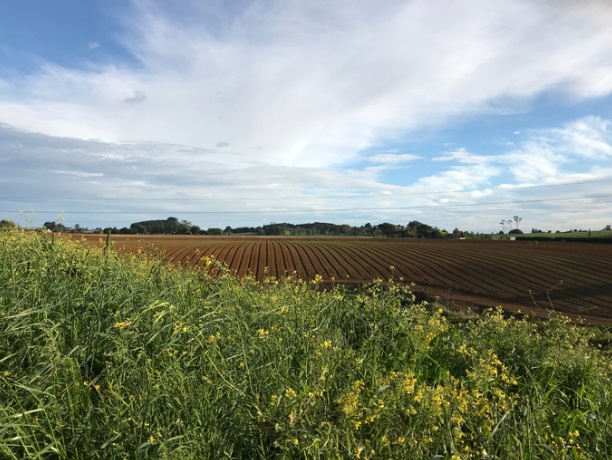
But councils facing new restrictions say they're worried the policy will put potatoes against property.
Environment Minister David Parker and Agriculture Minister Damien O'Connor today released a draft policy statement that would see requirements put on council when deciding whether to allow urban development on land that could be used for farming and growing.
It comes after a major report last year found 200 million tonnes of soil was being lost in New Zealand annually, with urban sprawl eating up some of the country's most productive ground.
About 14 percent of the country's current land is currently considered "highly productive" by the Government's standards.
"It's under increasing pressure from expanding urban areas and the growing number of lifestyle blocks," Parker said.
"We cannot afford to lose our most highly productive land. It brings significant economic benefits including employment for nearby communities, and adds significant value to New Zealand's primary sector."

Under the most significant parts of the proposed changes, regional councils would have to:
• Not allow development on highly productive land unless it's to meet shortages. They will have to back this up with long-term cost-benefit analysis and also consider alternatives for development
• Make maps of land that was "highly productively" based on a set of specific rules
• Change district plans to give more protection to useful land and prioritise its use for primary industries, such as farming and horticulture
• Change rules to avoid fragmenting productive land.
"It proposes that councils be required to ensure there's enough highly productive land available for primary production now and in the future, and protect it from inappropriate subdivision, use and development," Parker said.
But Local Government New Zealand says while it supports the intention, it's worried about what the policy may mean for local authorities in need of more housing.
"We need to carefully assess and balance the trade-offs between protecting highly productive land and enabling cities to grow," LGNZ president Dave Cull said.
"In places like Auckland and Hamilton, where New Zealand's housing affordability crisis is most severe, the only place these cities can meaningfully expand greenfield development is in the areas that the NPS is looking to protect."
Urban environments only covered 1 percent of land, he said.
"The Government is effectively pitting potatoes against houses, and at first blush we don't think the discussion document has considered the implications of this sufficiently," Cull said.
The Government will shortly also release a separate policy statement on urban development, which Parker said would create balance.
"We need to house our people and to feed them too," Parker said.
Meanwhile, Horticulture New Zealand said the land policy would make sure the country could grow its own fruit into the future.
"Once you build houses on our best soils, you cannot get them back. However, with good planning and buffer zones, houses and horticulture can co-exist," its natural resources and environment manager, Michelle Sands, said.
"New Zealand needs to ensure that it is able to grow all the fresh and healthy food that it needs, in a world where it will be difficult to import fresh food due to climate change."
The policy statement will now be consulted on until October 10.














